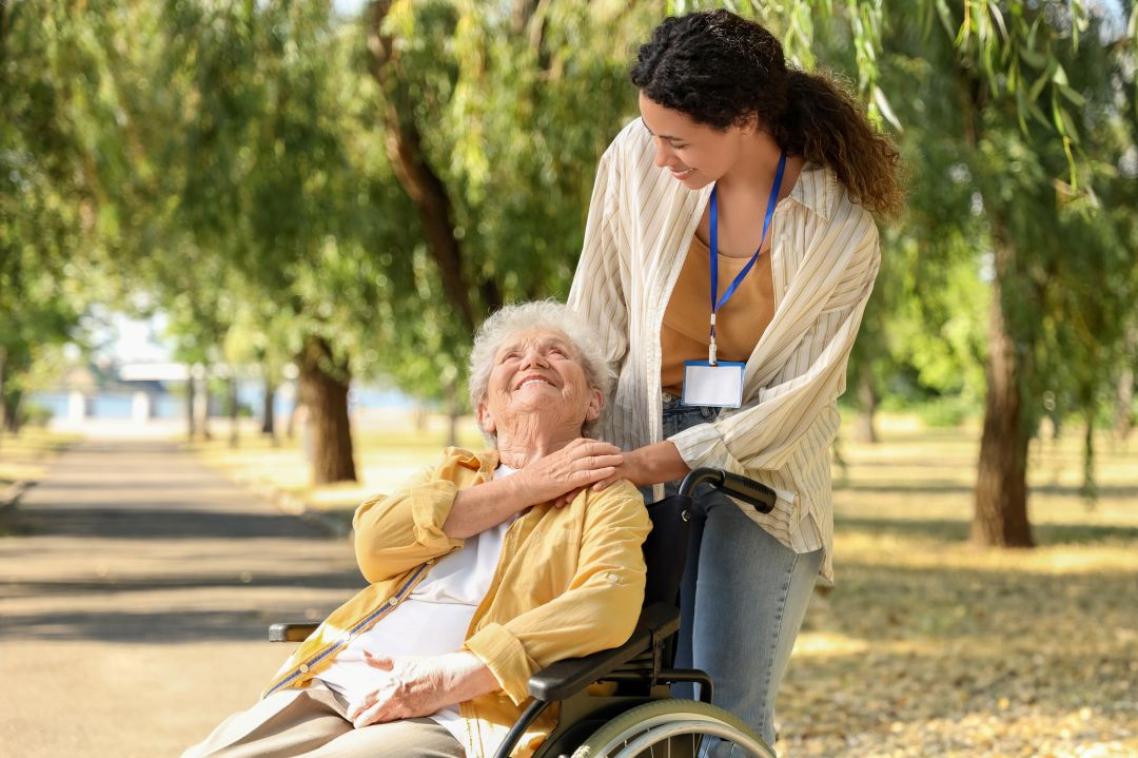Research aims to help anxious children
The School of Psychology at the University of Queensland is looking for more than 100 children with anxiety problems.
The children and their parents will be involved in a study of the most effective ways to treat such problems as well as trying to discover the origins of anxiety.
The anxious youngsters, aged from seven to 14, will be helped through the proven highly effective psychological intervention known as cognitive-behavioural therapy.
The therapy techniques used will include relaxation, discussion with the children and overcoming the problem through a process of gradual exposure to the anxiety.
For example, a child who is anxious about the dark and insists on sleeping in the parents' room might be moved back to their own room gradually over a period of time, with less and less light and finally with the lights off.
Masters student Ann Lancaster, one of those running the project, said the therapy techniques had between 80 and 85 percent success in reducing or eliminating fears.
Treatment programs for individuals and groups of between four and six will be at the University while some children will be able to take part at home, allowing people from a wide area to become involved.
'Programs will last from nine to 13 weeks with weekly sessions going for about 90 minutes. Session times will be arranged to suit participants and will likely be held in the evenings and Saturday mornings,' Ms Lancaster said.
'There is no charge for any of the treatment. However, all those who volunteer will need to attend an initial interview to determine their suitability and complete questionnaires and follow-up assessments. '
Ms Lancaster said anxiety was a perfectly normal response and was experienced by all children and adults from time to time.
However, studies indicated that as many as 10 percent of children and adolescents
suffered from clinically significant anxiety problems.
These were defined as problems which caused distress either to the child or its family, or which interfered with the child's normal functioning and behaviour.
Ms Lancaster said the anxiety might be specific, such as a fear of the dark, dogs or thunderstorms, or it could be very generalised where the child worried about broad areas such as school, society or world events.
Another common problem was separation anxiety.
'This can turn simple everyday events, such as going off to school or mum and dad going out for dinner, into major traumas which impact on the child and the whole family,' she said.
There was also social anxiety where the child felt very nervous, uncomfortable or scared in social situations and became acutely shy.
'Anxiety problems in children and adolescents often have significant negative consequences, including lowered self-esteem, poor academic achievement and impaired social skills development,' Ms Lancaster said.
'In addition, contrary to popular belief, many highly anxious children and adolescents do not simply outgrow their anxiety.
'Without intervention, many of these children and adolescents grow into highly anxious adults.'
Ms Lancaster said there were limited avenues for help for such youngsters and she believed many parents would be pleased to become involved in the research project as a way of overcoming their child's anxiety.
For further information, contact Ms Ann Lancaster or Ms Angela Milligan (telephone 3365 6737).
Related articles

Flowering discovery could lead to more reliable mungbean yields

Greater attention needed on community service workforce
Media contact
UQ Communications
communications@uq.edu.au
+61 429 056 139
